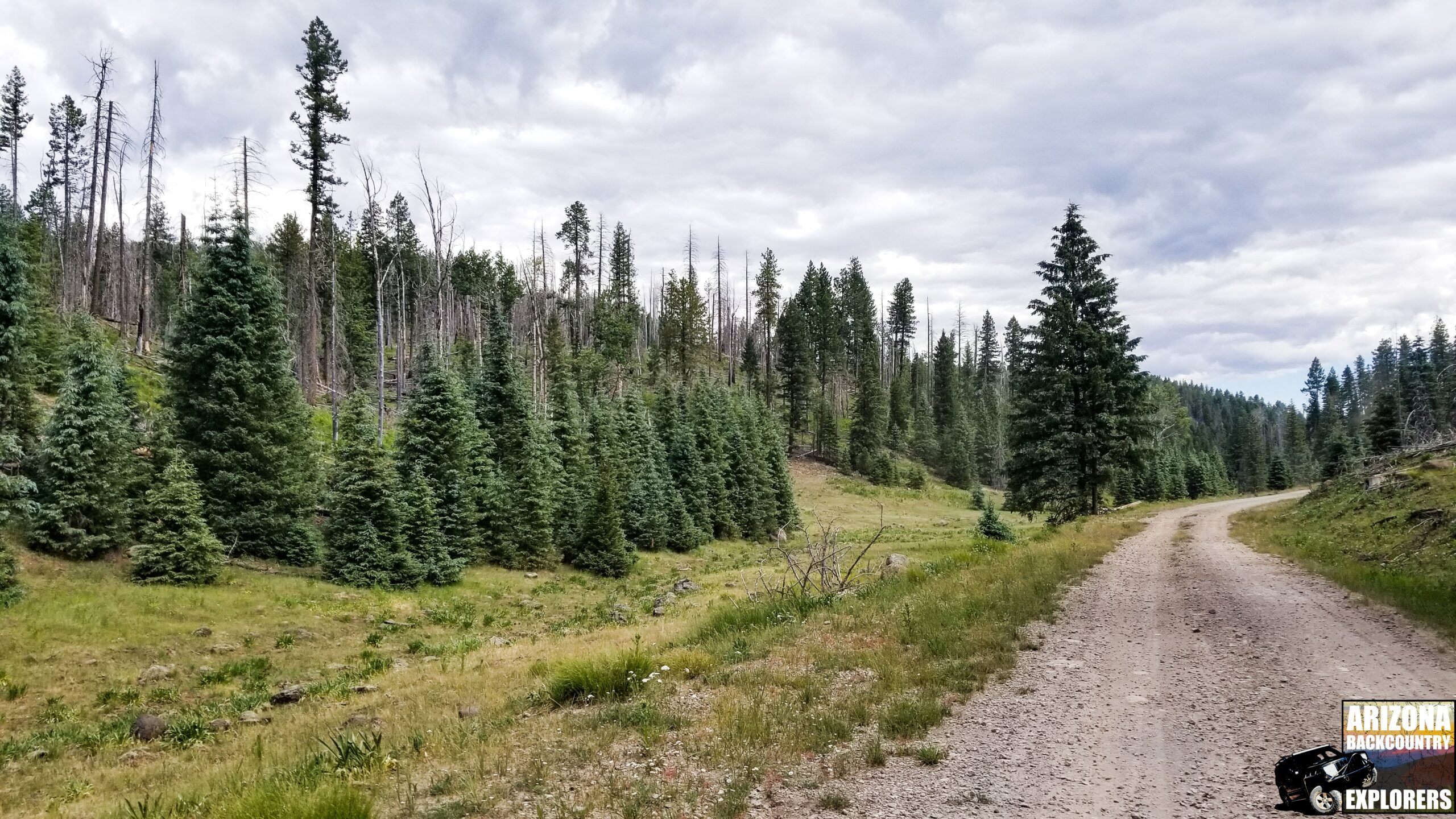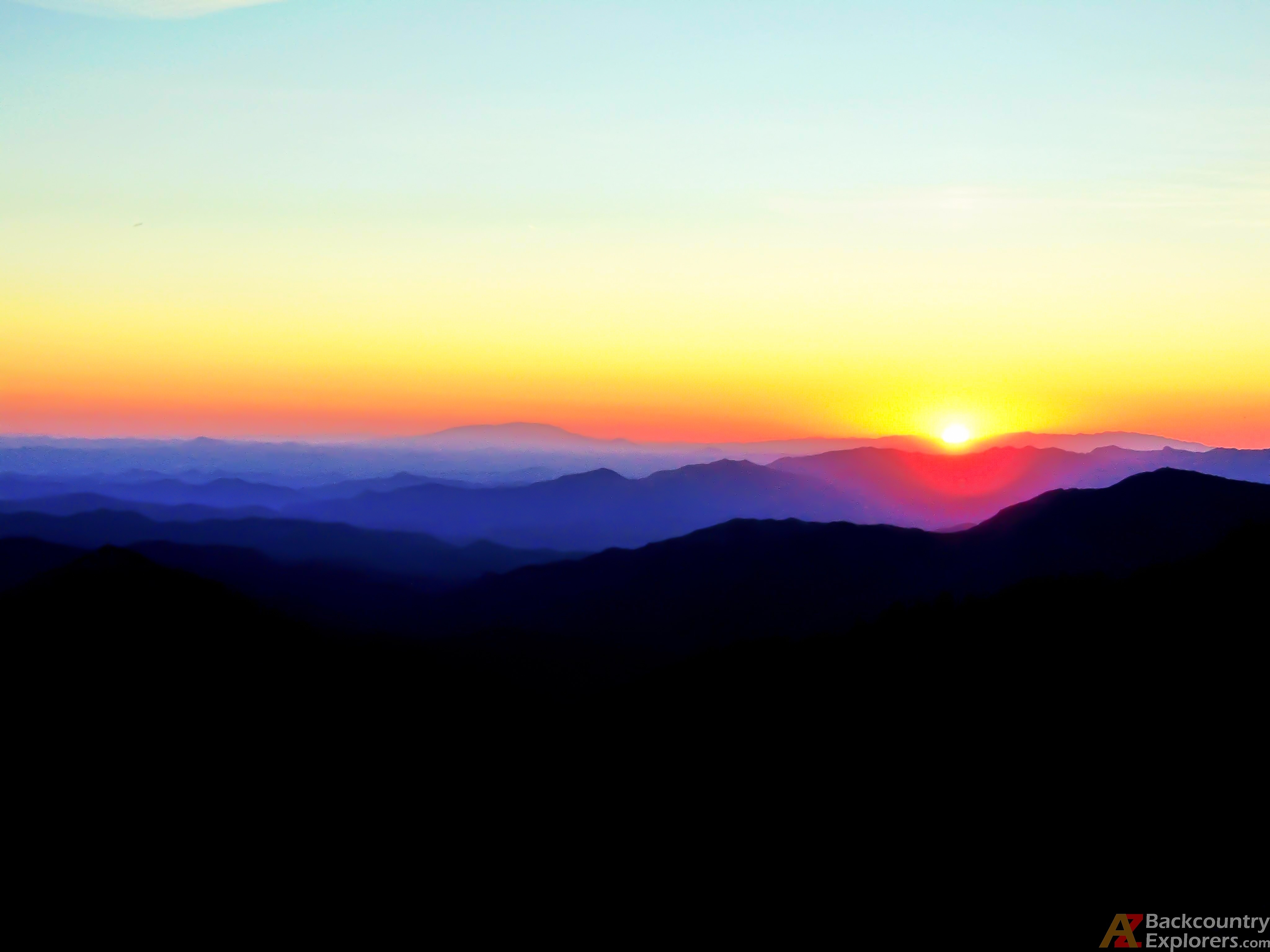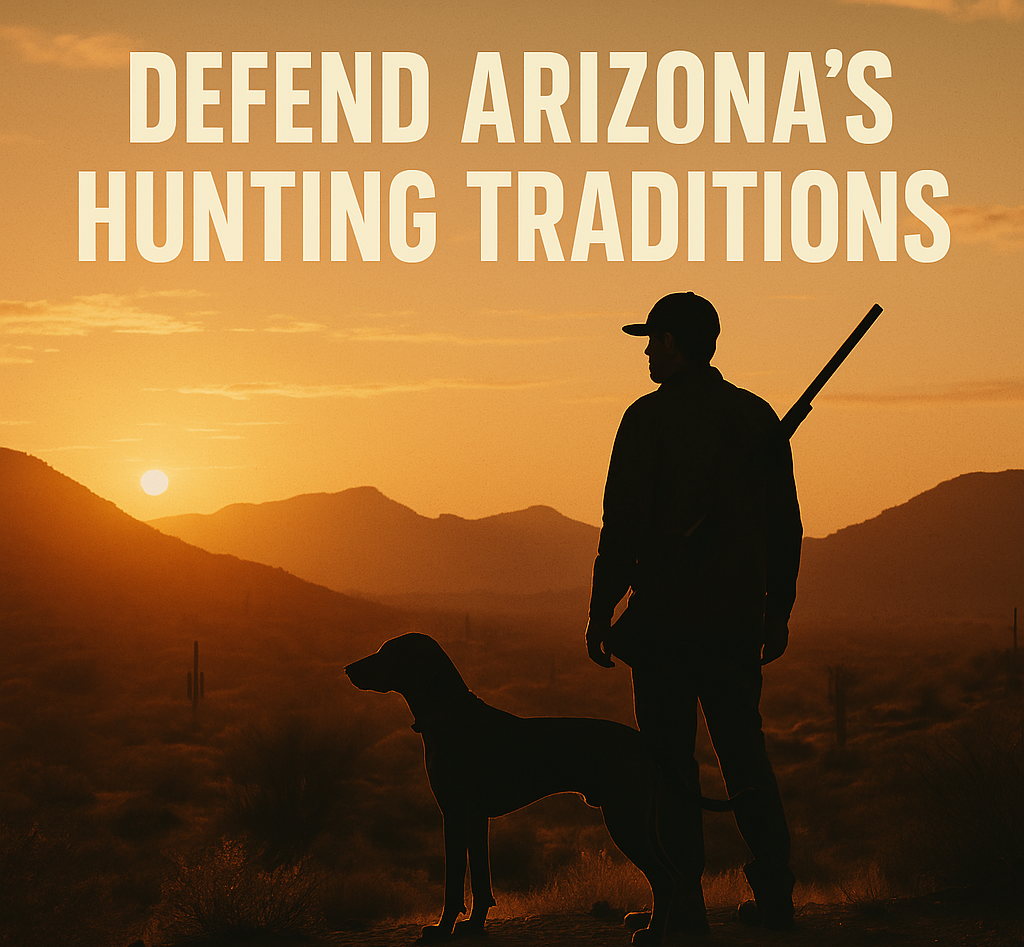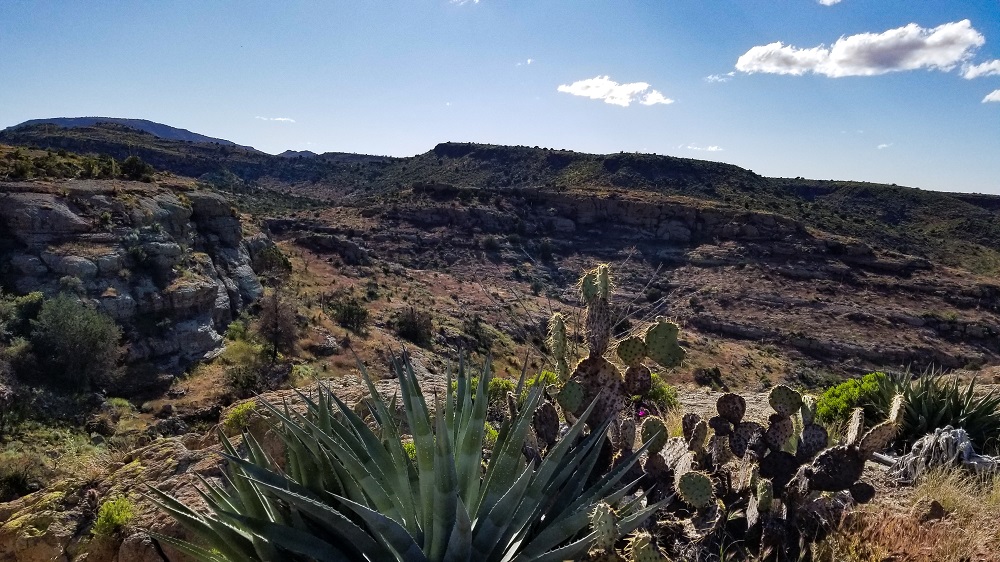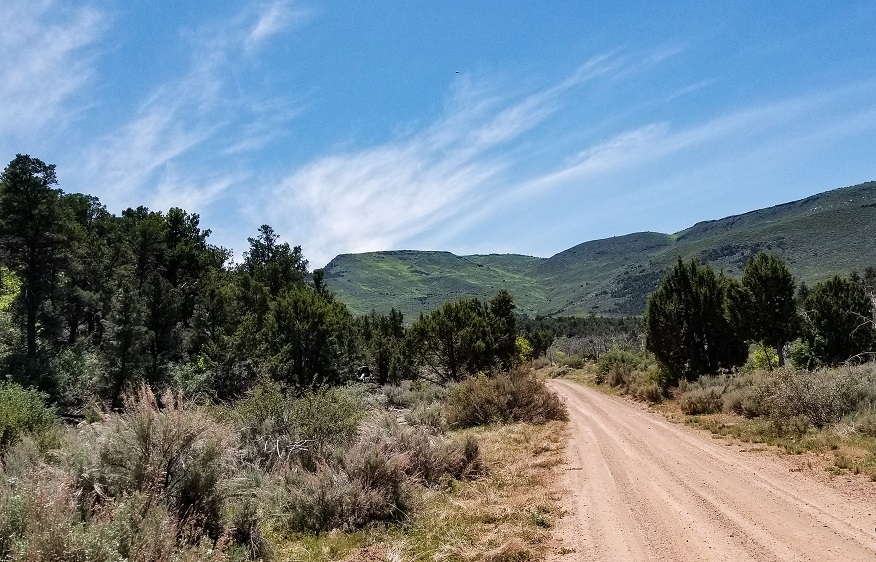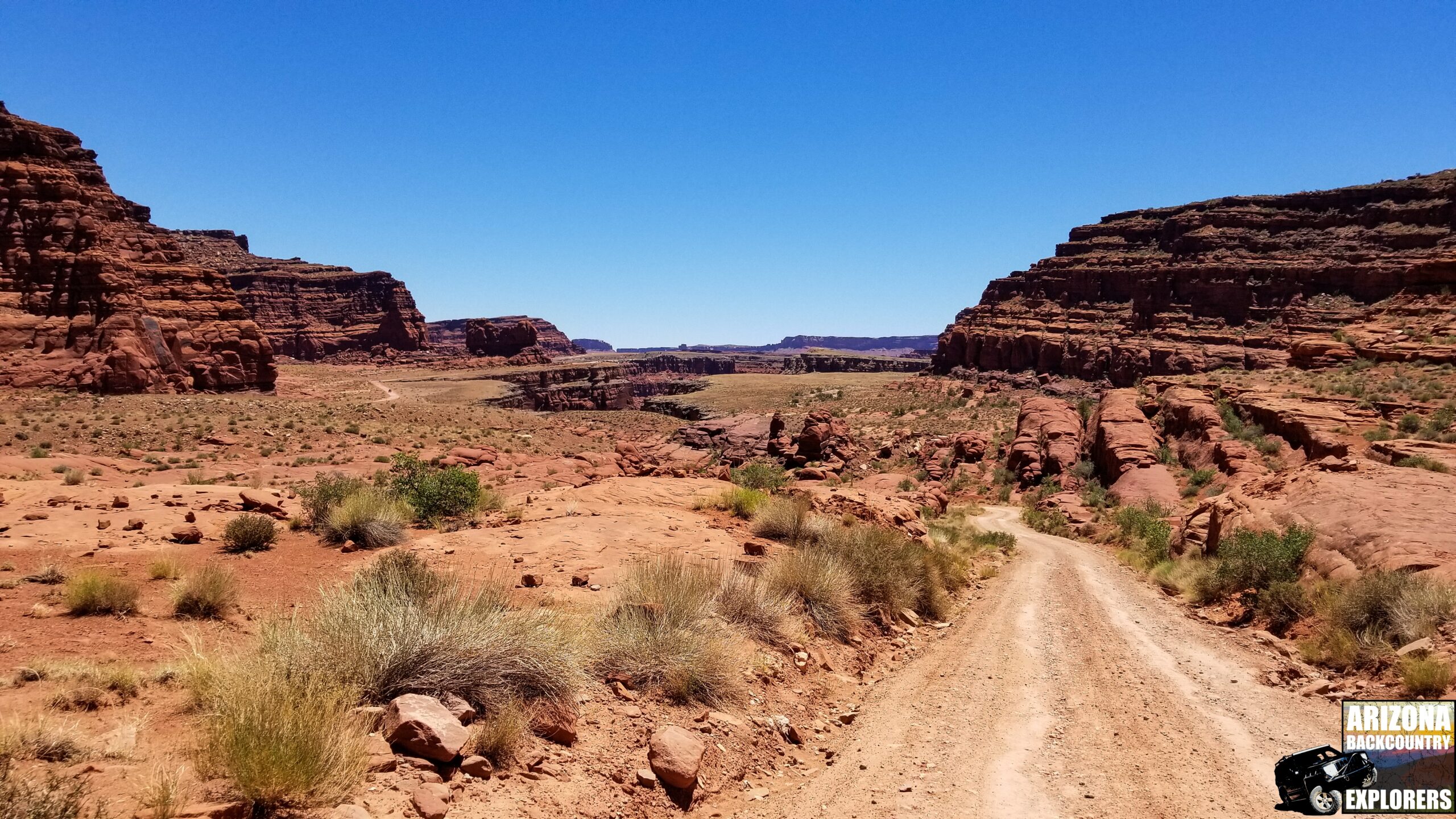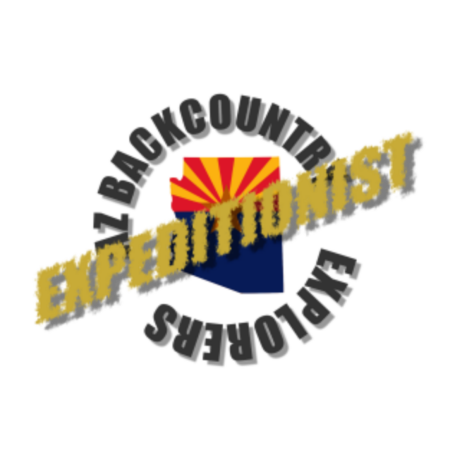Your cart is currently empty!
Posted in
Trail etiquette promotes safe, responsible, common sense use of public and private lands.
With all the new people exploring the backcountry, it’s important to remember a few guidelines. These guidelines have been developed over the years by sportsmen and other outdoor enthusiasts. They display common courtesy and respect to others, like you, who are out enjoying the Arizona backcountry.
This article will go through several of these guidelines to educate the public about trail etiquette. It’s essential to know these things if you’re new to the off-road community. These guidelines have been developed to promote the responsible and safe use of our public lands. We all share a common interest.

We asked a total of 6000 off-road enthusiasts what they considered proper trail etiquette. We got over 250 responses, and this is what they had to say…
Stay on the existing trail.
It seems so simple, yet so many people don’t follow this easy rule. You find this problem around nearly every populated area in Arizona. It makes the off-road community and those who use these trails look bad.
There are other instances where driving off the trail is permitted, like emergency situations, ranchers doing fence repair, and various other reasons. While out driving your four-by-four, side-by-side, or motorcycle, you cannot drive off the trail whatsoever. In fact, destroying the natural landscape is a Class 6 felony in Arizona.
Don’t be a slob.
Another commonsense issue we are battling. I’m sure we all learned this as a child. Yet we see piles of trash everywhere. This trash doesn’t only hurt the off-road community but all who visit the Arizona backcountry. Nor can it solely be blamed on the off-road community.
The destruction caused in high-traffic areas are used as an excuse to shut down areas. Luckily, volunteers from all over the state come together to remove tons of trash from our rivers, lakes, and high-traffic camping areas. We have to counterbalance the trash dumpers, and we’re doing a good job.
If you see somebody dumping trash, don’t be afraid to approach them. If you find a trash dump, please consider organizing a cleanup.
Don’t be destructive.
Many places have immense cultural significance and should be cherished. Some of these places have been around for thousands of years. It is illegal to destroy, deface, or vandalize any site of historical or cultural significance.
Save the booze for camp.
There are all too many reasons not to drink and drive on the trail. While drinking on the trail, you are endangering yourself, your family, and everyone else. Every year we hear about and see fatal accidents involving drunk drivers. It’s just not a good idea.
Burn it right, or don’t burn it at all.
The most dangerous part of burning a campfire is when you pack up the camp and take off. Please make sure it’s out when you’re done. Always build your fire pit correctly. Dig a sound hole and circle it with rocks. Bury the fire pit and dump water on it when you’re done. Bury any burning logs or embers lying outside the fire pit.
Pullover for faster-moving traffic.
Everybody likes to move at their own pace. It’s best not to agitate other drivers. Slower moving traffic can cause congestion and issues for oncoming traffic. If you’re driving a lesser-equipped vehicle or a car, please remember to check your rearview.
Relax and enjoy the ride.
Too many people think the trail is a racetrack. It’s important to remember you’re not the only one on the trail. Just because your rig can handle the terrain doesn’t mean you need to pretend you’re in the Baja or King of the Hammers. Too many accidents have occurred because someone decided it was a good idea. The last thing you want to do fatally injure a little child, your family, friends, or yourself.
If you’re passing a campsite, slow down. If you’re passing hikers on the trail, slow down. If you’re passing horses on the trail, slow down. When you see a bicycle on the trail, slow down. When you’re on the trail, slow down. Arizona is a beautiful place. Why not enjoy it?
Vehicles traveling uphill have the right of way.
If you approach another vehicle head-on, whoever moves in the downhill direction must yield to the vehicle coming uphill. It is much easier for the downhill vehicle to maneuver and position themselves to allow the oncoming vehicle to pass. Traveling upward requires momentum, and stopping can be problematic in certain conditions. Sometimes, it may be necessary to back up and maneuver out of the way.
Always keep an eye on the vehicle behind you.
This is important, especially when riding in a group on a technical trail. You never know when someone might need a tug or break something. Usually, simple radio communication can solve this issue, but there’s always someone who doesn’t have a radio. Never leave anyone behind.
Use hand signals.
Hand signals can save lives, and everybody should use them. When approaching oncoming traffic, inform them how many are behind you. You can show them 1, 2, 3, 4, or 5 fingers or actually stop and talk with them. Because we can often be spread out on the trail, the yielding driver may try to continue if you don’t inform them more are coming. This will help the oncoming driver better judge when to proceed.
Turn off your bright lights.
Lightbars are stupidly bright nowadays. There is no concentration of view, and they can be blinding from many angles. Let’s keep that into consideration when passing by others on the trail. Please remember to turn off your lights while passing by campsites, oncoming traffic, homes, hikers, horses, or anybody else on the trail. Cattle and other animals can become disoriented by the bright lights.
Leave the gates as you find them.
If you approach a gate and it’s closed, make sure to close the gate behind you. If you’re traveling in a group, it’s essential to make sure the last person closes the gate. If you approach a gate and it’s already open, you should just leave the gate as it is. If you believe somebody failed to close the gate, check for an Arizona Game and Fish Tag, indicating the gate should be closed.
Ranchers will sometimes leave gates open or wire them open so cattle can access water. Be very careful of closing gates you find open. You could cut livestock off from the only available water source in the area. Furthermore, if you leave the gates open, you could cause thousands of dollars in damage. That’s why we say, “leave gates as you find them.” Likewise, never cut a fence or use a fence post as a winch anchor.
Try to be self-sufficient.
Pack your own food, your own drinks, and your own camping supplies. Make sure to carry your own tow straps, clevis, snatch block, and keep them on hand, ready to go. The less of a burden you have on the group, the further your resources will stretch during an emergency.
Always carry some type of radio equipment to keep in contact. Learn how to repair a flat and always carry a jack and spare tire. It’s a good idea to learn basic survival, recovery, and mechanical repair.
Keep the dust down.
Many recreational areas are near or pass through residential developments and private property. These particular areas are under threat of closure because of air quality concerns and angry homeowners. While traveling through private property or near a residence, please keep the dust down. It’s just common courtesy, which brings us to our next point.
Have common courtesy for other adventures.
We’re all out here for the same reason. Whether you’re a hiker, mountain biker, or rock crawler, we should all respect each other. If somebody looks like they need help, offer your assistance. All of the things mentioned in this article revolve around one idea; common courtesy.
When I see somebody else in the backcountry, I give them the proper common courtesy they deserve, expecting the same return.
Tags:
You may also like…

Visit the AZBackroads.com Store

Please Become A Member
We need your help to keep our backroads open. Please join today!
